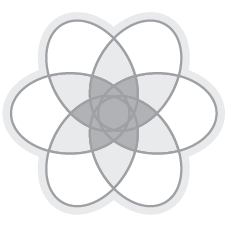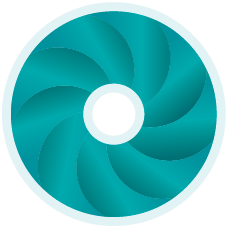Situations as Starting Points (SSPs)
This chapter provides a set of generic situations which cover the common circumstances, symptoms, complaints and findings that the physician should be able to manage on day one of his residency. In other words, she or he should be able to assess a patient presenting with any of these situations in a well-structured way, establish a differential diagnosis and propose diagnostic, therapeutic, social and preventive/counselling measures. The list encompasses most of the typical situations a young resident may face. The situations are listed under several subtitles to make their use easier, but in some instances the classification is arbitrary. Items listed as “symptoms” may also be defined as “findings”, and vice-versa. A set of pre-defined criteria was used to design the list. The situations were selected:
- if they occur frequently
- if rapid and appropriate intervention may be crucial or even life-saving
- if they are a cause of excessive emotional distress for the patient
These situations will allow the students and the trainers to contextualise and put into practice the objectives of the prior two chapters. As shown in the graphic below they are presented in a very generic way, which means that they can be used and applied to all gender identities and ages (children, adults, and the elderly) unless otherwise specified. They cover different types of conditions (acute, subacute and chronic) and various settings (ambulatory practice, hospital, nursing home for elderly people etc.).
This generic list increases the range of potential pathologies and fosters an interdisciplinary, integrated approach to clinical issues. For instance, the situation “jaundice” may be a starting point for numerous situations such as neonatal jaundice, hepatitis, pancreatic cancer or cirrhosis.
As entry points, the situations mostly constitute a broad range of diagnostic pathways involving different disciplines. For instance, a situation such as “chest pain” can be a starting point for discussion of several pathologies such as cardiac, pleural and parietal problems, disorders of the spine, stress and anxiety and so on. As mentioned above, the situation will have different implications according to the sex, gender and age of the patient and whether the problem is acute or chronic. The use of these situations should assist students to develop their skills in clinical reasoning, to increase their ability to integrate various options into their differential diagnosis, and to maintain an interdisciplinary perspective.
The situations are intended to be used by faculties and teachers to illustrate lectures, to engage in problem-based learning sessions and to facilitate bedside teaching rounds. They will also be used as a basis for the development of the Federal Licensing Examination.
Situations as starting points encompass not only health problems and symptoms but also normal or current health issues, e.g. the birth of a baby, contraception, densitometry or injury prevention among elderly people.





